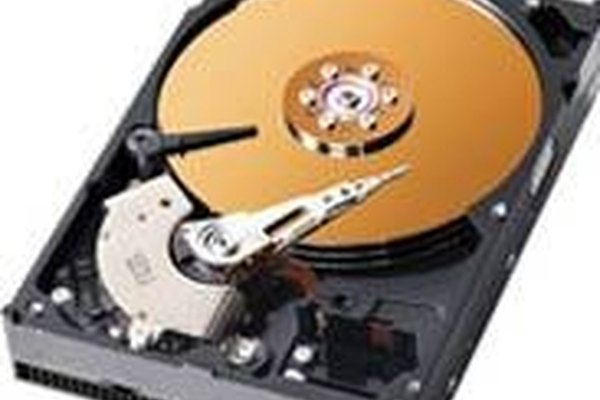

So there might be 5 or 10 percent of blocks that are unavailable to the OS at any given time. SSDs use overprovisioning to extend the life of the drive and replace any blocks that fail over time. Hard drives need multiple overwrites because magnetic media can leave remnants of data, but all SSDs have a limited number of write cycles so overwriting them multiple times will harm the drive's longevity and may not even wipe the files you want to get rid of. This brute-force overwrite method won't work as well for SSDs. The best way to erase an HDD, which we'll cover in more detail below, is to use a program that writes random data over all the sectors several times so that no remnants of the old files remain. On SSDs, it runs a TRIM command, which can potentially speed up the operation of your drive, but it isn’t really necessary as Windows does this in the background with modern drives.Securely erasing an SSD is different than doing the same process on a mechanical hard drive. On a hard disk drive, this runs a defragmentation routine. Select the drive you’d like to defragment in the list, then click “Optimize.” Drives formatted as exFAT will not appear in the list. If one of your drives doesn’t show up, it may be because Windows 10 can only optimize drives formatted in the NTFS filesystem. The Optimize Drives window will appear, and it will list all of the drives in your system that are eligible for optimization and defragmentation. RELATED: Do I Really Need to Defrag My PC? How to Defragment Your Hard Disk on Windows 10įirst, press the Windows key or click the search box on your taskbar and type “defragment.” Click the “Defragment and Optimize Your Drives” shortcut in the Start menu. You might also need to defragment external hard disk drives connected via USB, as they may not be plugged in when Windows runs its automatic defragmentation. Still, it doesn’t hurt to keep your drives operating in the most efficient way possible. Windows automatically defragments mechanical drives, and defragmentation isn’t necessary with solid-state drives.


However, with modern computers, defragmentation isn’t the necessity it once was. Defragmenting moves all of those blocks so they are located close together in physical space, which potentially speeds up read times when accessing data on the disk. Over time, the data blocks (fragments) that make up files can become scattered in multiple locations around the surface of the hard disk.


 0 kommentar(er)
0 kommentar(er)
